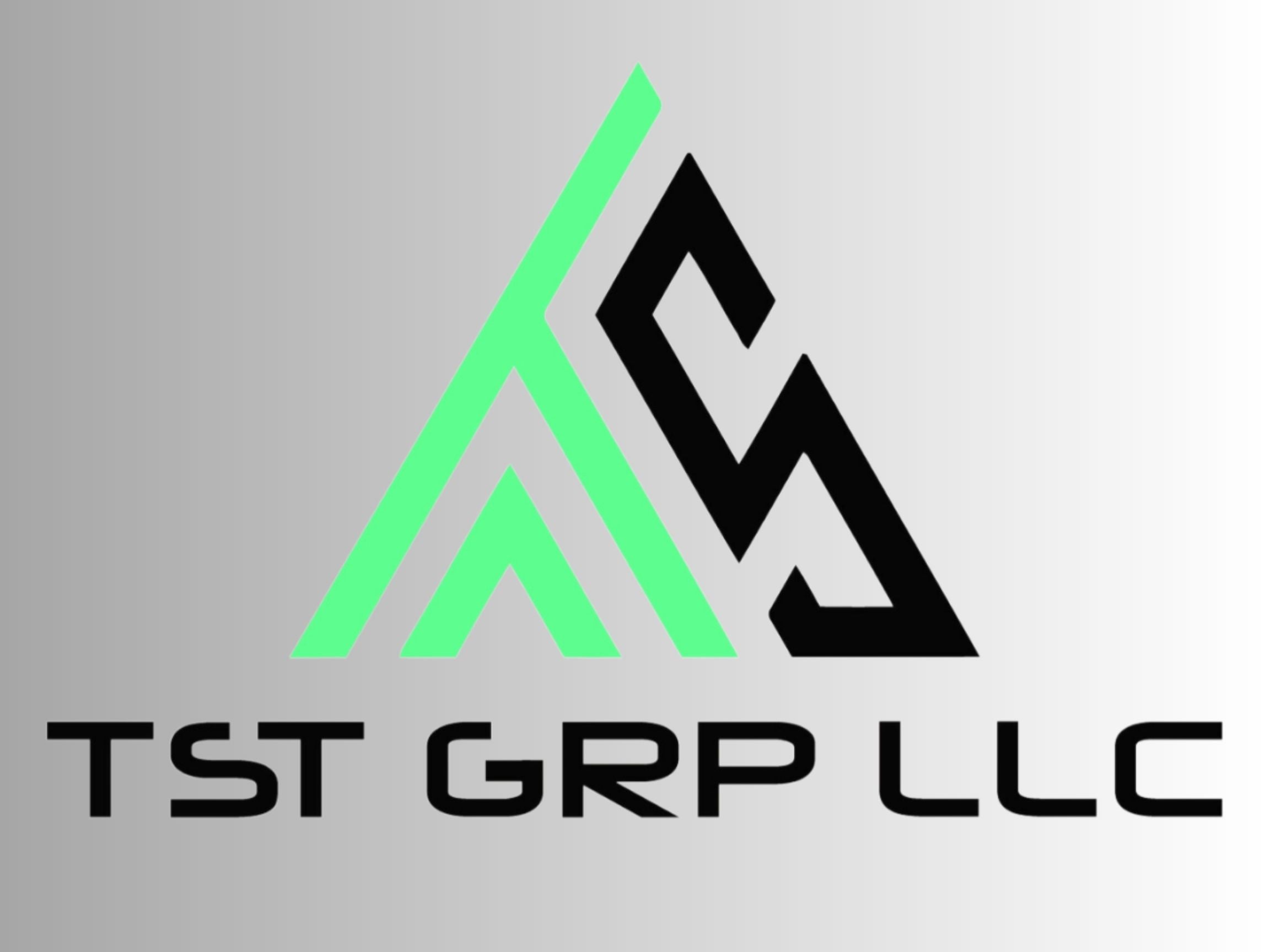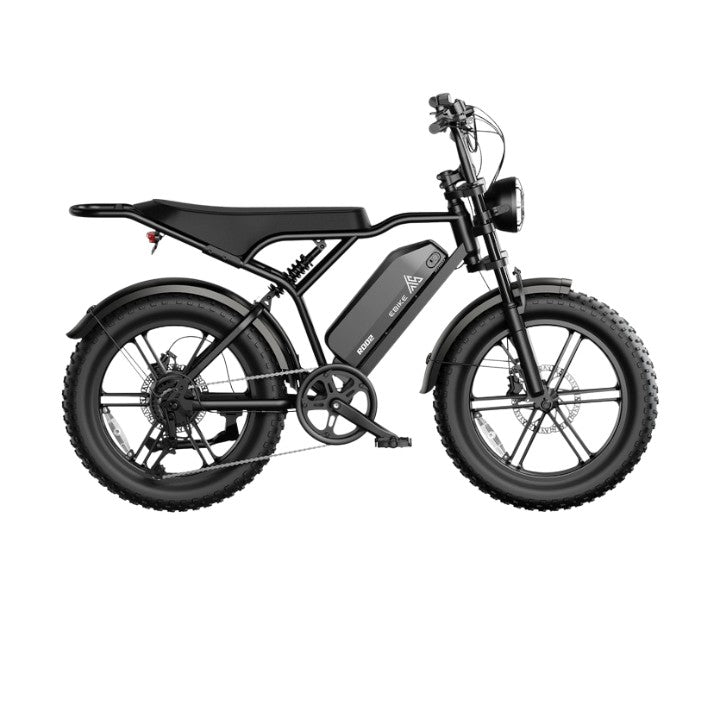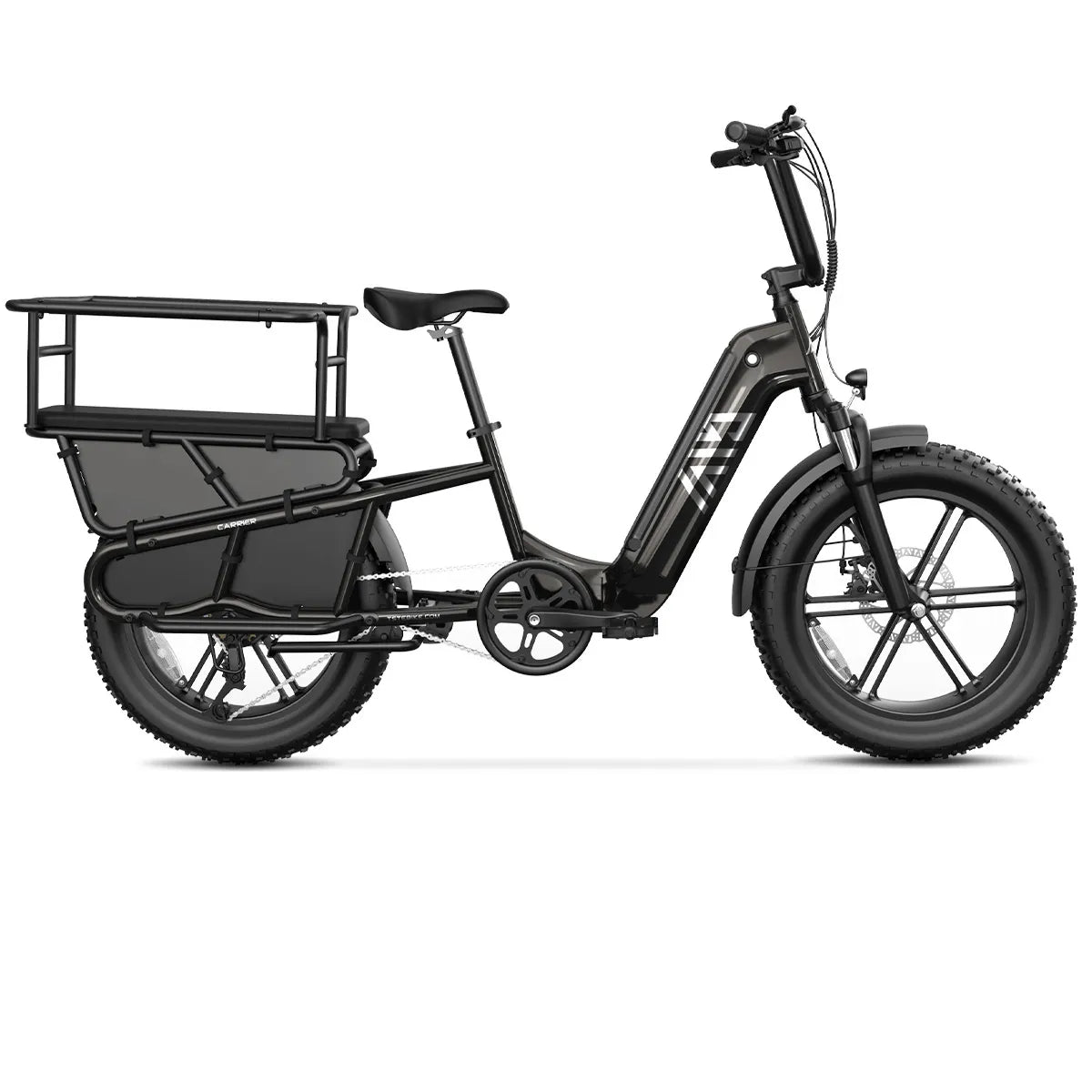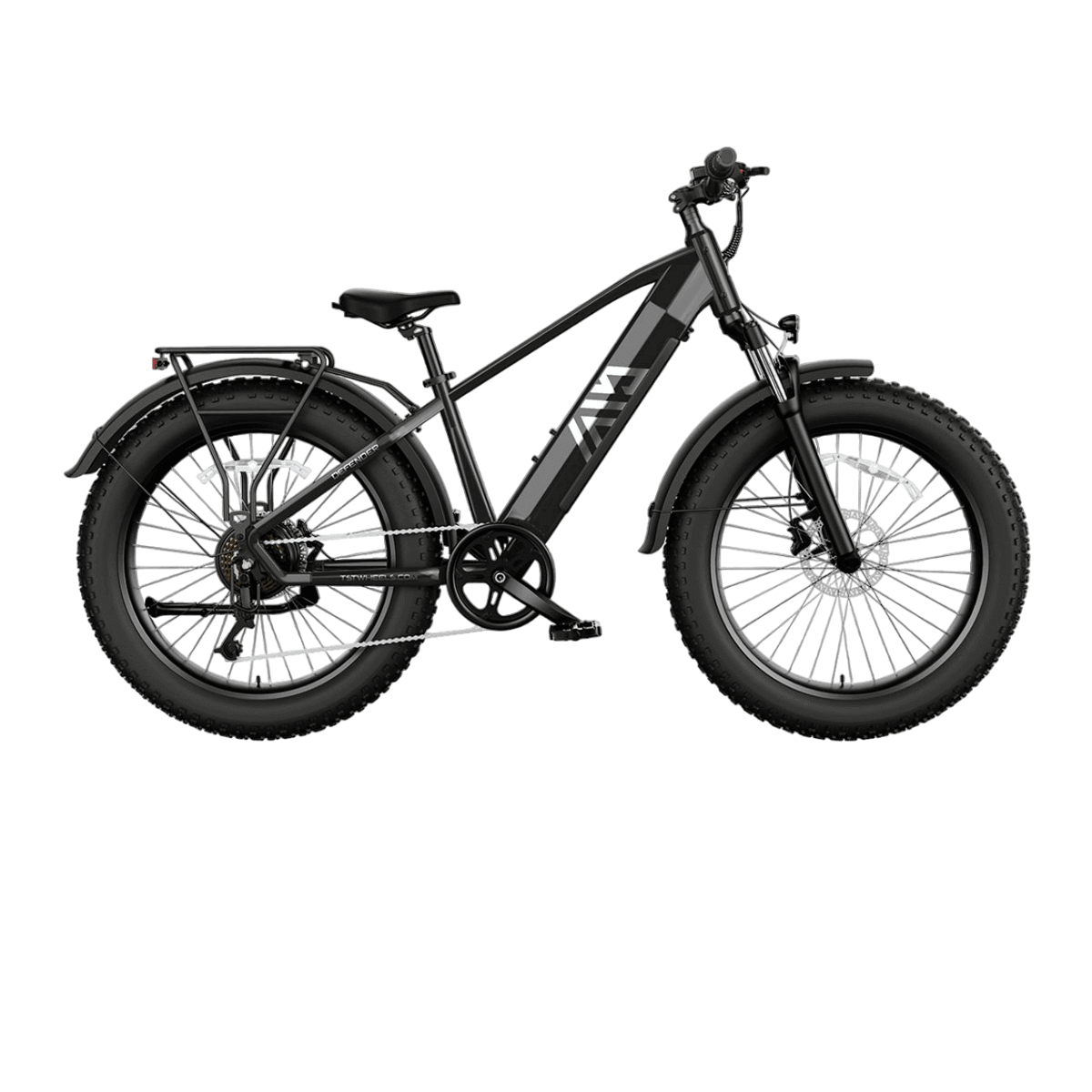California has not banned all e-bike throttles but has updated its laws under SB-1271 to prohibit throttle use on Class 1 and Class 3 e-bikes while allowing throttles on Class 2 e-bikes up to 20 mph. These changes clarify classifications and aim to promote safety by emphasizing pedal-assist and limiting propulsion without pedaling, impacting manufacturers and riders statewide.
What Are the Key Changes to E-Bike Throttle Laws in California?
California's SB-1271 law, effective January 1, 2025, mandates that:
- Class 1 e-bikes must be pedal-assist only; throttles are prohibited.
- Class 2 e-bikes retain both pedal-assist and throttle functionality, with motor power limited to 20 mph.
- Class 3 e-bikes, capable of pedal-assist up to 28 mph, are no longer allowed to have functional throttles.
This legislation tightens motor assist definitions to improve rider safety and harmonize e-bike classification.
Why Were Throttle Restrictions for Class 1 and Class 3 E-Bikes Enacted?
Throttle bans on Class 1 and 3 e-bikes aim to ensure greater rider engagement and control by requiring pedaling for motor power. Lawmakers prioritized reducing accidents linked to high-speed throttle use and clarifying the distinction between e-bikes and electric motorcycles. These limits encourage safer riding behaviors and consistent regulation.
Reducing throttle availability addresses concerns over covert speed increases and unintended acceleration risks, particularly on high-speed Class 3 models.
How Do the New California E-Bike Laws Affect Riders and Manufacturers?
Riders of Class 1 and 3 e-bikes must now operate without throttle assistance, potentially modifying or disabling throttles on existing bikes to comply. Manufacturers are required to label e-bikes correctly according to updated classifications and produce compliant models, phasing out throttle-equipped Class 1 and 3 e-bikes.
Bike shops and riders face adjustments in bike availability, and firmware updates may be necessary for some models to align with speed and throttle limits.
What Are the Safety and Regulatory Benefits of These Throttle Bans?
The update promotes enhanced rider safety by encouraging pedal engagement, which improves rider awareness and control. Clear classification reduces confusion, assists law enforcement, and standardizes permitted e-bike capabilities across California. It also mandates safety features like speedometers on Class 3 bikes and helmet requirements, fostering responsible riding culture.
These measures aim to integrate e-bikes safely into traffic while protecting riders and pedestrians.
How Do California’s E-Bike Classifications Now Define “Assist” and Throttle Use?
- Class 1: Pedal-assist only up to 20 mph, no throttle except during startup up to 3.7 mph.
- Class 2: Pedal-assist plus throttle up to 20 mph.
- Class 3: Pedal-assist only up to 28 mph, no throttle allowed.
Throttle use beyond these limits is prohibited and constitutes a violation. This precise delineation clarifies legal e-bike definitions in the state.
How Does This Impact TST EBike Models and Consumers?
TST EBike ensures its products comply with California regulations by offering models clearly categorized into Classes 1, 2, and 3, equipped accordingly with or without throttles. Their 26-inch models serve rugged terrains with Class 1 and 3 pedal-assist focus, while 27-inch models cater to urban commuters within Class 2 and 3 specifications, combining safety, power, and versatility aligned with legal mandates.
TST EBike’s quality control and design flexibility help riders remain compliant and fully enjoy their rides.
Buying Tips
- Verify local California regulations to ensure e-bike throttle legality.
- Select e-bikes labeled with proper Class 1, 2, or 3 compliance.
- Prefer models from reputable brands like TST EBike with known compliance.
- Consider your preferred riding style to choose between throttle availability or pedal-assist-only.
- Ask dealers about firmware updates needed for existing e-bikes.
- Stay informed of helmet and age requirements tied to e-bike class.
Following these tips ensures compliance, safety, and satisfaction when choosing an e-bike in California.
TST EBike Expert Views
“TST EBike welcomes California’s 2025 updates focusing on rider safety and clear classification,” says a TST spokesperson. “Our product lineup carefully aligns with the latest laws, offering flexible models that meet throttle restrictions and speed rules while providing durable, powerful e-bikes for various needs and terrains.”
Frequently Asked Questions
Has California banned all e-bike throttles?
No, throttle use is banned only on Class 1 and Class 3 e-bikes; Class 2 e-bikes may still use throttles up to 20 mph.
Why are throttles prohibited on Class 1 and 3 e-bikes?
To improve rider control, reduce accidents, and distinguish e-bikes from electric motorcycles.
What should existing Class 1 and 3 e-bike owners do?
Disable or remove throttles to comply with the new law; check for firmware updates if available.
Are manufacturers required to comply with new throttle rules?
Yes, manufacturers must correctly label and produce e-bikes without throttles on Class 1 and 3 models.
What other safety features accompany these laws?
Class 3 e-bikes require speedometers and helmet use; age restrictions apply; all classes require compliant battery certification.





Leave a comment
All comments are moderated before being published.
This site is protected by hCaptcha and the hCaptcha Privacy Policy and Terms of Service apply.